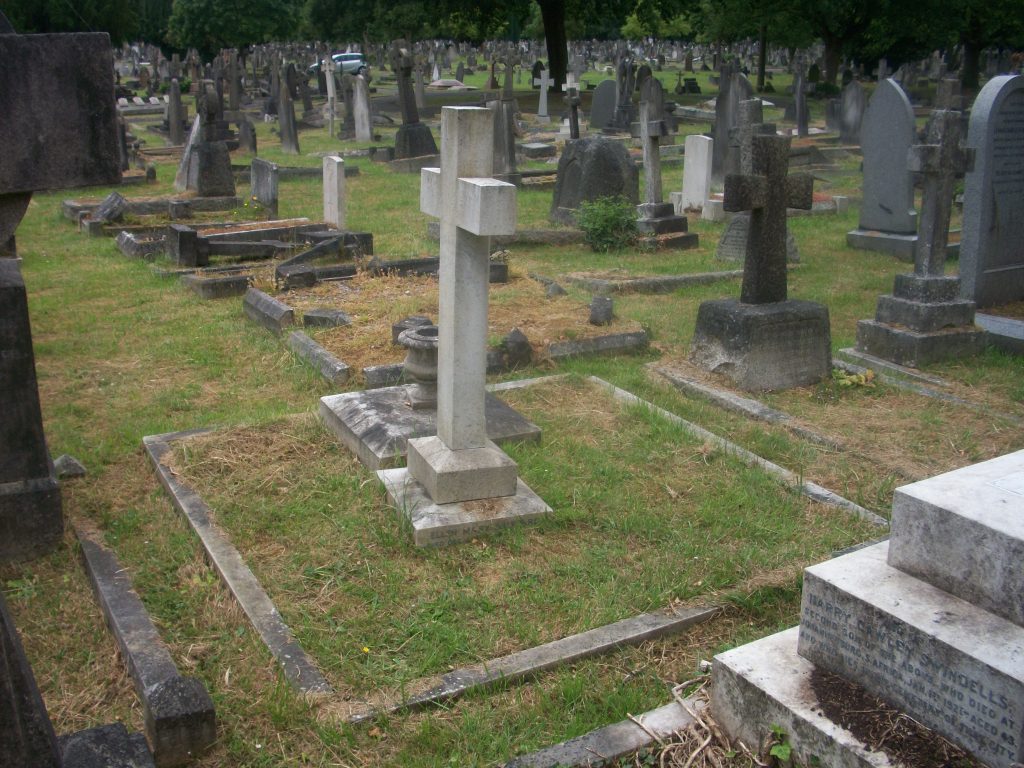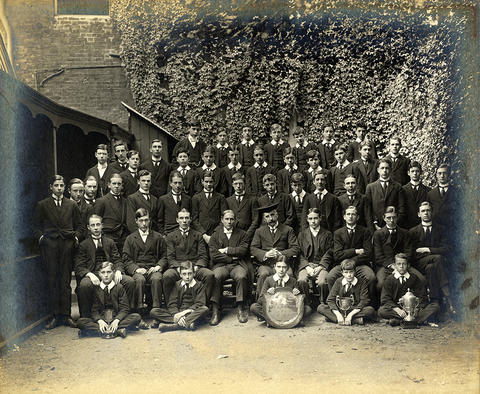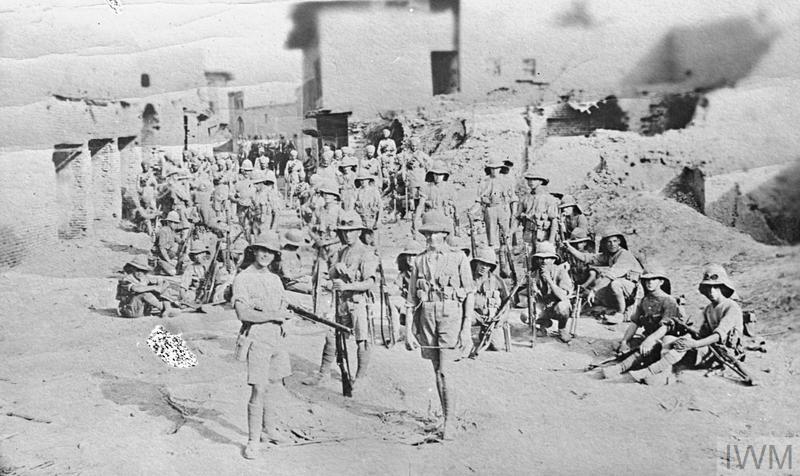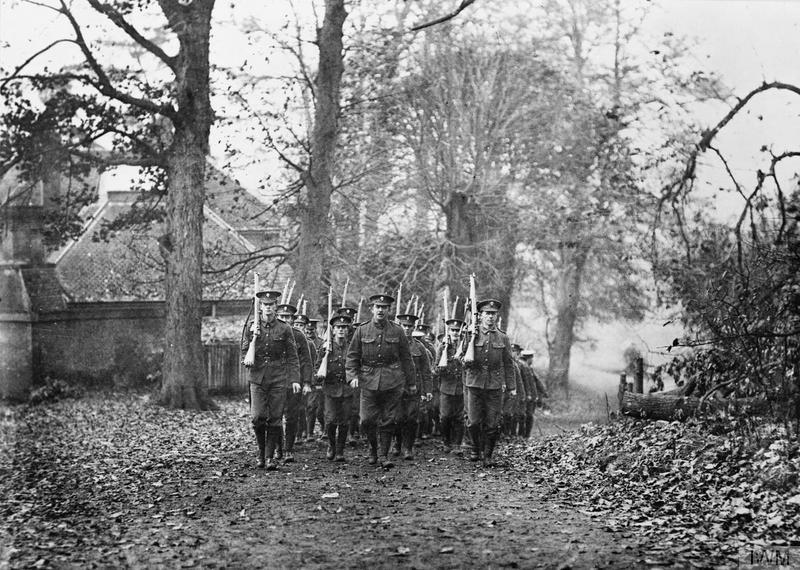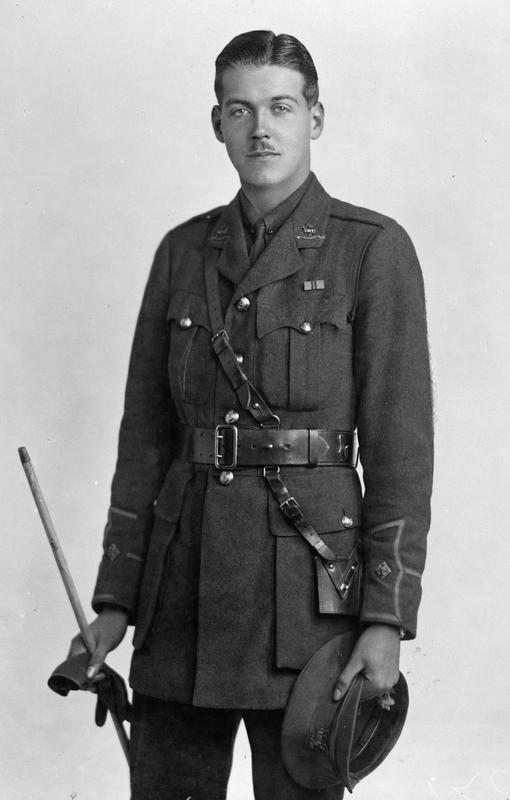Charles Westcar Sheppard
Charles Westcar Sheppard was the only son of William Sheppard, and he transferred to Westminster from Charterhouse School in 1897. He joined Grant’s House, where he remained for three years. When he left the school, he joined the Crystal Palace Engineering Collective, working with them for over a decade.
He enlisted in the 16th Public Schools Battalion in 1914, before moving to the Service Battalion in 1915. Here he rose the ranks to become Lieutenant in September 1916, before being transferred to the Royal Engineers in 1917.
He served in several locations during his time in the military, including the Western Front and Salonika. As part of the Royal Engineers, his bravery earned him a mention in despatches, and he returned home in 1918. Upon his return, he was employed in the Air Ministry, before passing away in unknown circumstances in October 1918.
